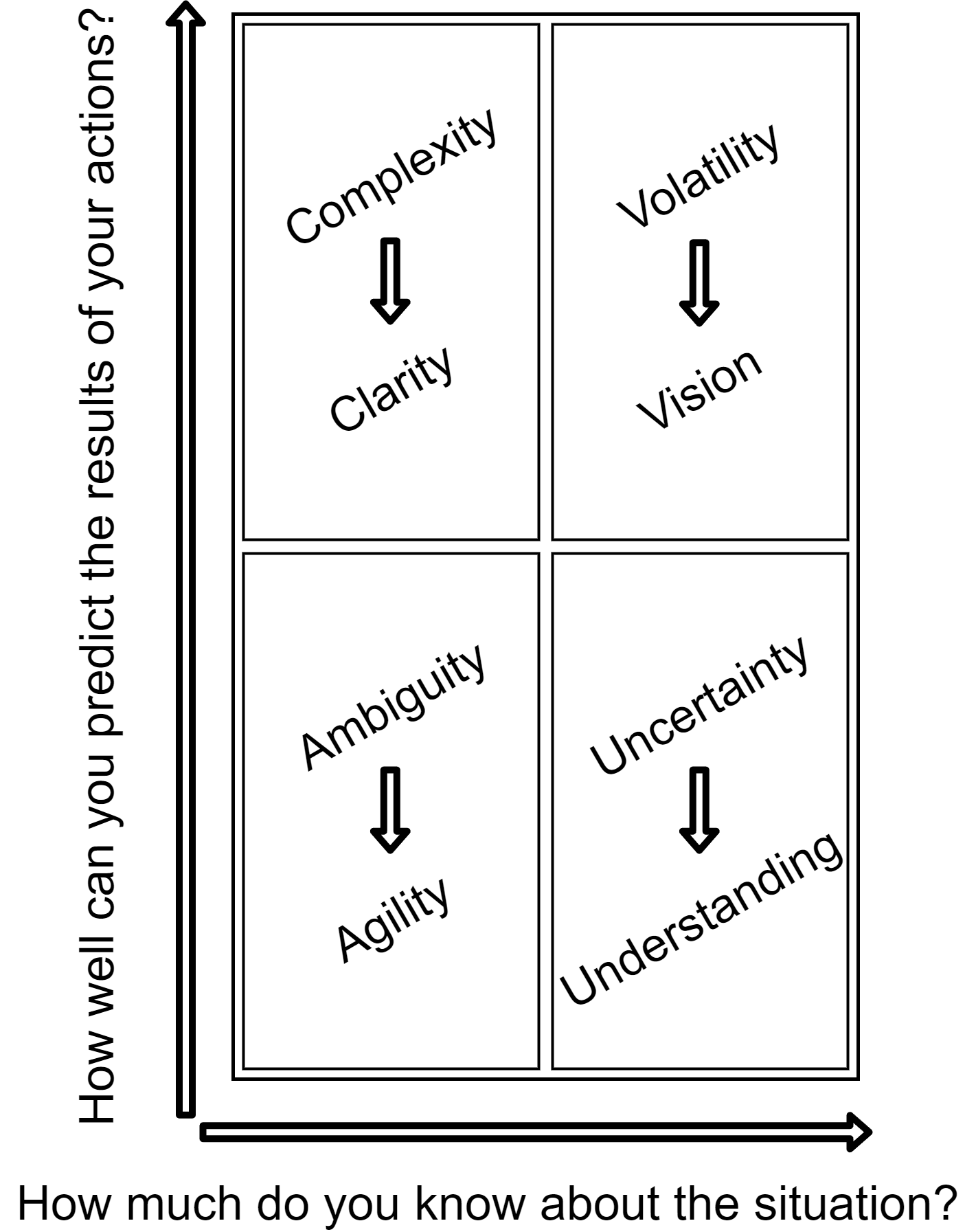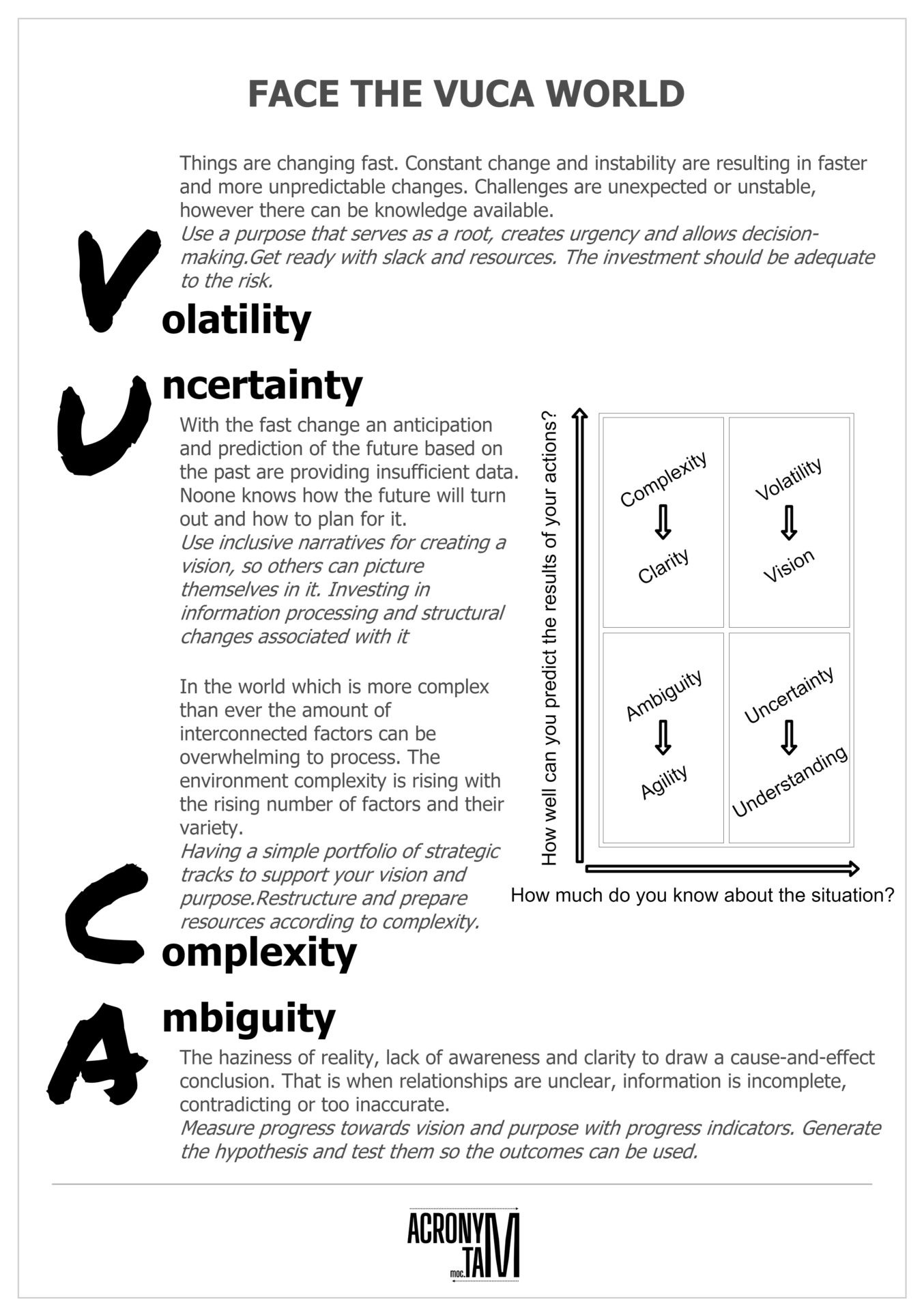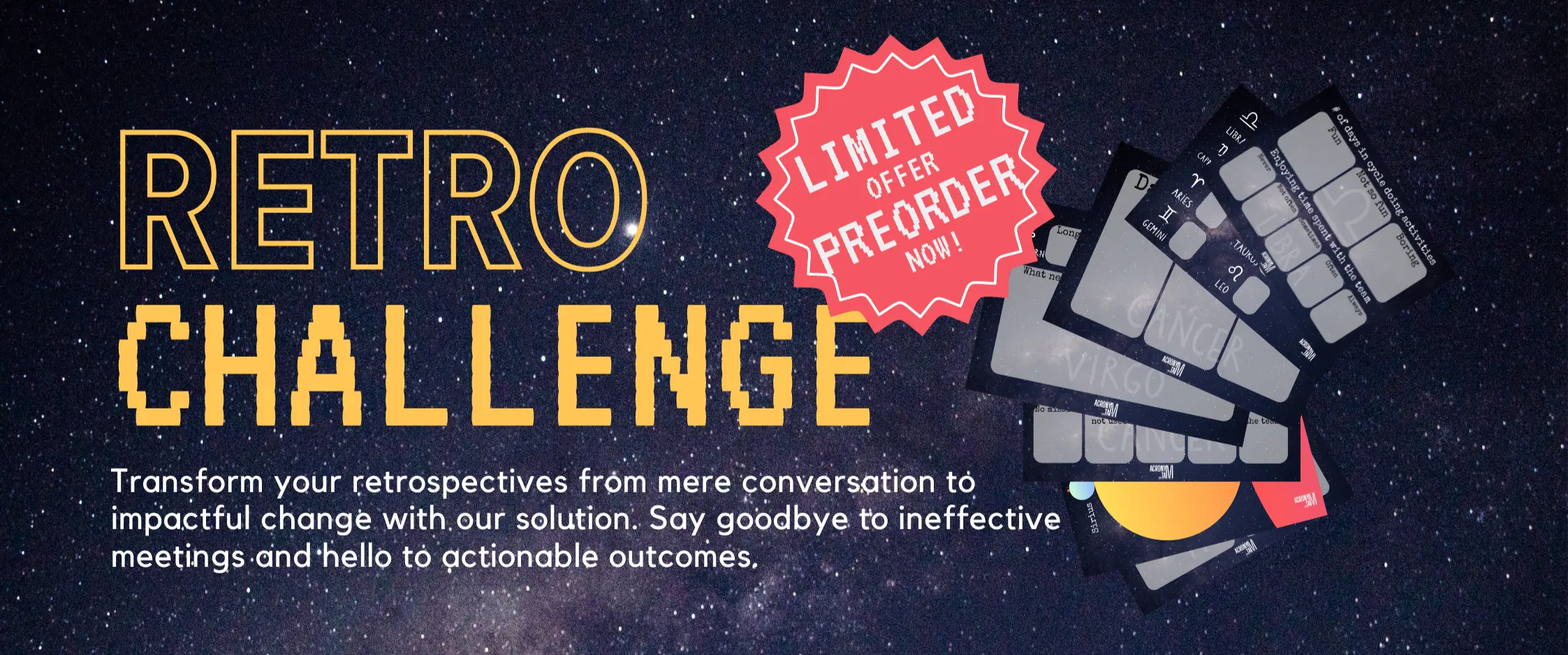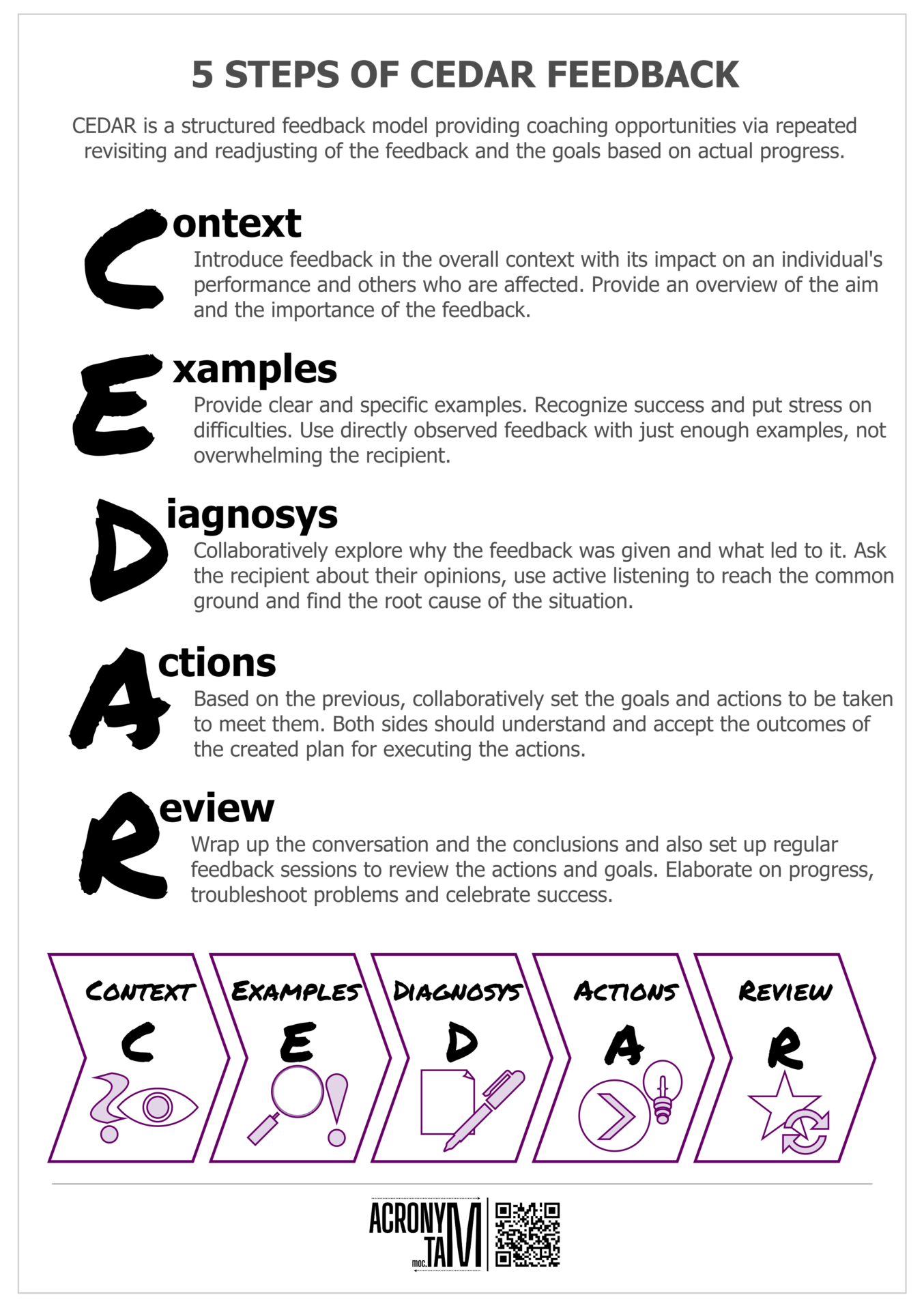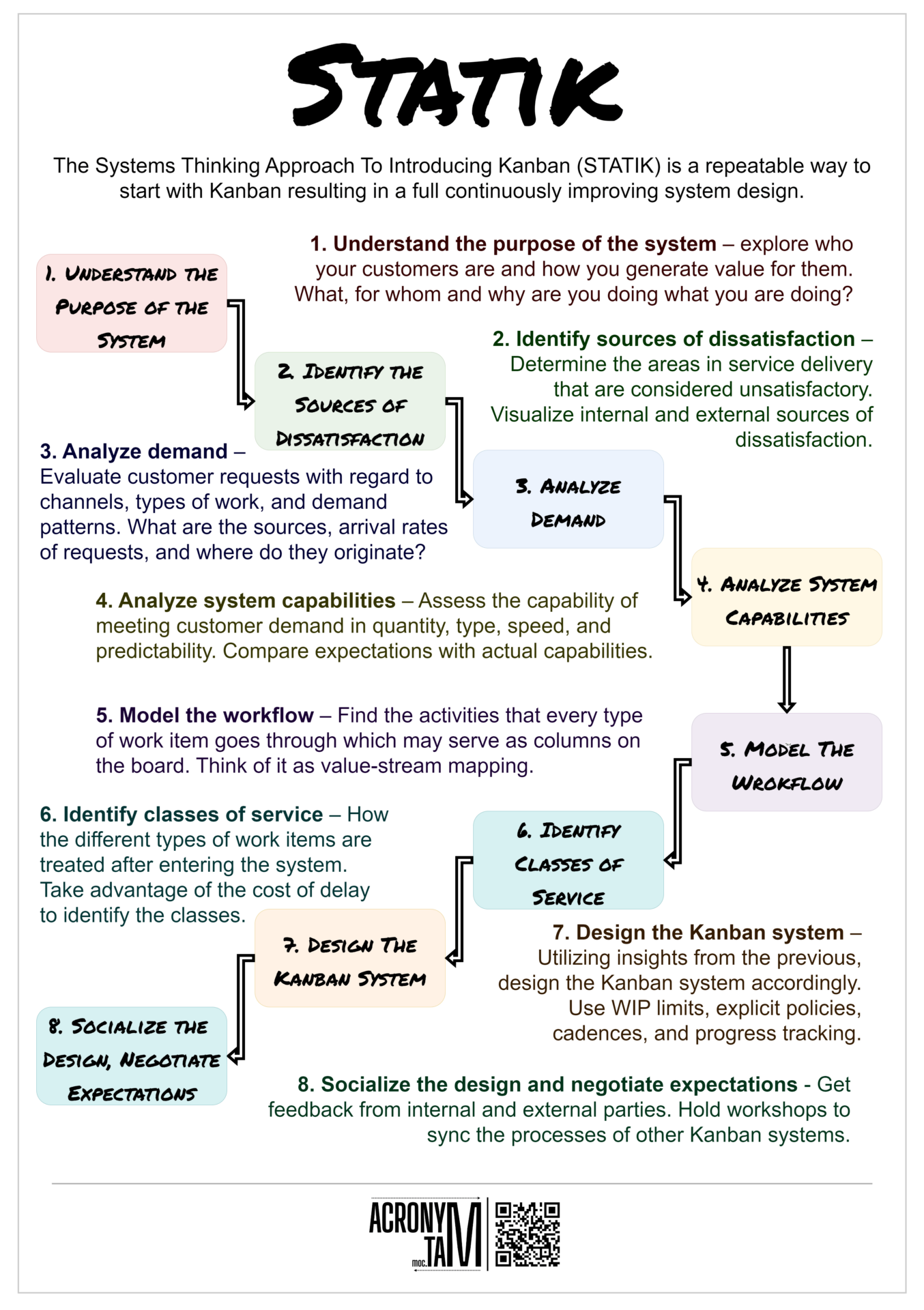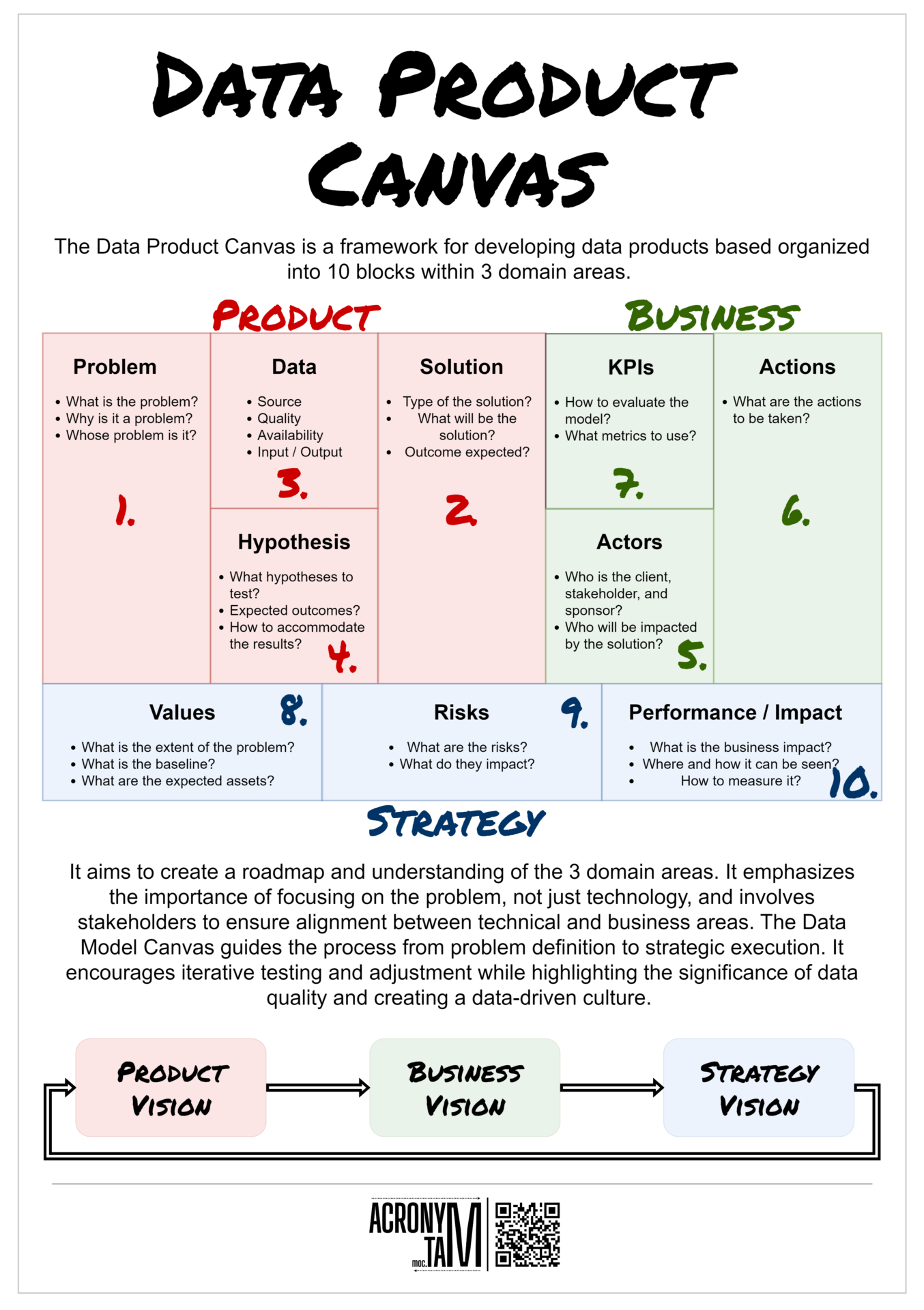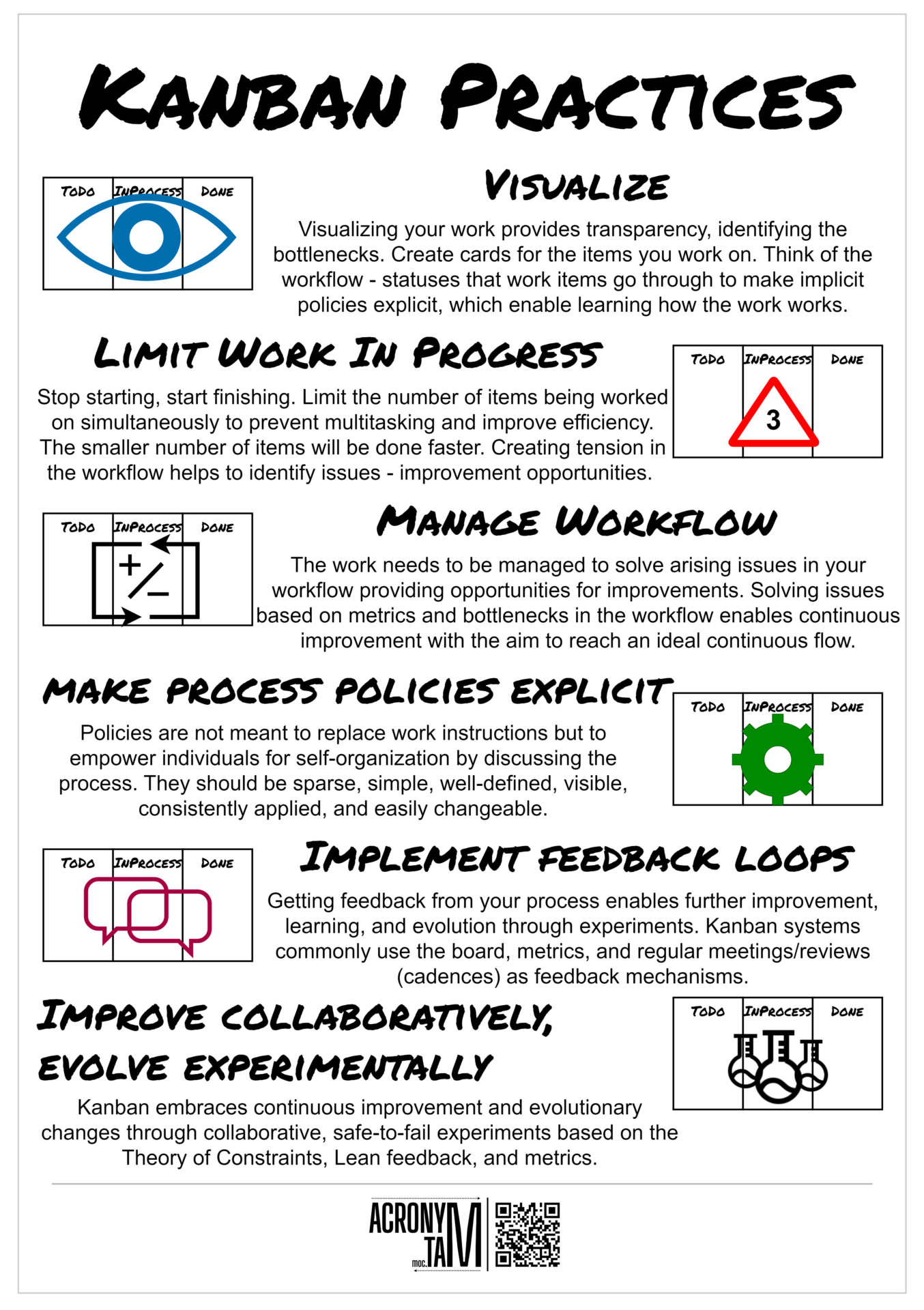Article
VUCA
Volatility
Things are changing fast. Constant change and instability are resulting in faster and more unpredictable changes. Challenges are unexpected or unstable, however there can be knowledge available.
- Use a purpose that serves as a root, creates urgency and allows decision-making.
- Get ready with slack and resources. The investment should be adequate to the risk.
Uncertainty
With the fast change an anticipation and prediction of the future based on the past are providing insufficient data. Noone knows how the future will turn out and how to plan for it.
- Use inclusive narratives for creating a vision, so others can picture themselves in it.
- Investing in information processing and structural changes associated with it.
Complexity
In the world which is more complex than ever the amount of interconnected factors can be overwhelming to process. The environment complexity is rising with the rising number of factors and their variety.
- Having a simple portfolio of strategic tracks to support your vision and purpose.
- Restructure and prepare resources according to complexity.
Ambiguity
The haziness of reality, lack of awareness and clarity to draw a cause-and-effect conclusion. That is when relationships are unclear, information is incomplete, contradicting or too inaccurate.
- Measure progress towards vision and purpose with progress indicators.
- Generate the hypothesis and test them so the outcomes can be used.
